The following is the first part of my talk at the Berlin comics conference. This is a long selection which will be serialized over four installments. Be forewarned: this section mostly lays out the conceptual background for the paper; my discussion of Motter's work begins in earnest tomorrow. This is very much a work in progress that will eventually become an article. I welcome any and all feedback.
The protagonist of William Gibson's 1981 science fiction short story, "The Gernsback Continuum", is a photojournalist, collecting images for a coffee table book he plans to call The Airstream Futuropolis: The Tomorrow That Never Was. As he searches for ramshackle roadside attractions and other traces of the ways people in the 1930s and 1940s imagined the future, he encounters what Gibson calls "semiotic ghosts," glimpses of a parallel world where the euphoric dreams of urban boosters and technological utopians had come true:
"Behind me, the illuminated city: Searchlights swept the sky for the sheer joy of it. I imagined them [the residents] thronging the plazas of white marble, orderly and alert, their bright eyes shining with enthusiasm for their floodlit avenues and silver cars."
Over time, the impressions fade until all that is left are peripheral fragments of mad scientist chrome flickering on the corner of his eye.
Gibson's story was a bold gesture from a brash new writer, sweeping aside the technological utopian fantasies that had emerged in the pulp magazines of the 1930s and shaped the science fiction genre throughout most of its history. As Bruce Sterling, the co-editor of the Mirrorshades collection where the story appeared, explains,
"Times have changed since the comfortable era of Hugo Gernsback, when science was safely enshrined - and confined - in an Ivory Tower. The careless technophilia of those days belongs to a vanished, sluggish era, when authority still had a comfortable margin of control. Not for us the steam snorting wonders of the past: the Hoover Dam, the Empire State Building, the nuclear power plant."
Gibson and Sterling wanted to push science fiction in new directions and saw little use for streamlined airships. Exit the World of Tomorrow, enter the Digital Revolution.
Can We Imagine the Past?: Science Fiction and Historical Consciousness
Dean Motter's Mister X (1983) comics emerged from this very same context - at a transitional moment when shifts in the technological landscape and the emergence of the discourse of the digital revolution were transforming science fiction as a genre. A full account of this period would point to the close proximity between the release of Bladerunner with its fusion of science fiction and film noir in 1982; the publication that same year of Frederic Jameson's "Can We Imagine the Future?," an essay which posed questions about the cultural functions of science fiction as a genre; the release of the first Mister X comics in 1983; the publication of Mirrorshades and of Joseph Corn's important anthology, Imagining Tomorrow: History, Technology and the American Future, both in 1986. We can understand these various efforts to reconsider science fiction's pasts and reconfigure its future in the early 1980s as responsive to a range of cultural factors. The approach of 1984, the year made famous by George Orwell's novel, was encouraging the culture to reflect on the issue of whether the last part of the 20th century had taken the shapes that people had project. Many were looking forward to the end of the millennium and looking backwards at the end of what people had called the American Century. The expiration date had come and passed for many of the technological and geopolitical changes predicted at such landmark events as the 1939 World's Fair.
As the society entered into a new phase of prolonged and profound media change brought about by the so-called "digital revolution," the nation's artists were trying to figure out what aspects of science fiction could be carried forward and which needed to be reworked to reflect all of these changes. Cyberpunk emerged as a genre that allowed writers to look forward - even if only 20 minutes into the future - while what I am calling retrofuturism represented a genre that allowed people to look backwards, examining older myths and fantasies against contemporary realities.
Frederick Jameson's "Can We Imagine the Future?" has long set the tone for the ways science fiction scholars understood retrofuturism, arguing that the recycling of older iconography in works like Bladerunner reflected a growing impoverishment of the imagination. Jameson wrote,
"We can no longer entertain such visions of wonder-working, properly 'science-fictional' futures of technological automation. These visions are themselves now historical and dated - streamlined cities of the future on peeling murals - while our lived experience of our greatest metropolises is one of urban decay and blight. That particular Utopian future has in other words turned out to have been merely the future of one moment of what is now our own past."
The retrofuturism of contemporary science fiction suggested to Jameson that the genre may have outlived its usefulness as a means of making sense of the process of technological change; science fiction, he was arguing, reflected an old master narrative of human progress which no longer made sense in the context of a postmodern society. What was the value of a genre about the future, he asked, at time when people were discussing "the end of history" and when all the old signifiers were being emptied of their meaning. In the end, he concludes,
"What is indeed authentic about it [science fiction], as a mode of narrative and a form of knowledge, is not at all its capacity to keep the future alive, even in the imagination. On the contrary, its deepest vocation is over and over again to demonstrate and to dramatize our incapacity to imagine the future."
We might take two big ideas from Jameson's account of retrofuturism- that past imaginings of the future need to be understood as historical artifacts of older ideologies about human progress and that their remobilization in the present can be used as a means of reflecting on the failures of those dreams to become realities. While Jameson's work on postmodernism suggests that the redeployment of these older images of the future might amount to little more than an empty nostalgia, he seems to be hinting here that these images might function as vehicles of historical consciousness and thus as the basis for critique. Jameson's contemporaries were quick to explore the idea that "yesterday's tomorrows" might provide important clues into earlier moments in the history of the 20th century, a project reflected not only by the contributors to Corn's collection but also by essays like Andrew Ross's "Breaking Out of the Gernsback Continuum." But far less time has been spent exploring the contemporary deployment of earlier science fiction iconography as a way of working through the gap between an anticipated future and the lived reality of the late 20th century.
This essay will build on this idea of science fiction as a mode of historical critique, re-reading the retrofuturist project through the lens of more recent theoretical work on the concept of residual media. In doing so, I will be focusing primarily on a series of comic books written and conceived by Dean Motter over the past three decades (Mister X; Terminal City; Terminal City:Aerial Grafitti; Electropolis), all operating within a shared fictional world which is built from early 20th century representations of the "city of the future."
Motter, himself, has described his books in terms of "antique futurism," explaining during an interview with the author:
"Since the advent of the industrial revolution, our society has been predicting the cultural future via the machine. Whether in gigantic architectural visions such as the World Fairs, or the near-whimsical Popular Science covers, dreams of flying cars, household robotic servants, or jet packs. These visions, while engineering achievements of varying degrees of success and accuracy, were often oblivious as to how the culture would change. McLuhan (as well as the fictions of Orwell, Huxley and H.G. Wells) considered what would happen to humanity itself, not simply the evolution or devolution of our artifacts....So 'antique futurism' became my way of having some fun, while raising the questions."
For Motter, then, "antique futurism" has, among other things, to do with the gap between futures conceived through the lens of technological progress and the role that social and cultural factors play in shaping how we live and interact with technology. It involves the reassertion of human experiences and identities into the process of imagining the future. It also involves rereading the fantasies of the past through the lens of subsequent experiences and developments.
All of this requires us to pause for a moment and consider the varied temporalities of science fiction. Brian Aldiss has argued that science fiction only really emerges as a genre once the rate of change in our society becomes dramatic enough that people felt its impact within a single lifetime, beginning to see the future as likely to be profoundly different from the present. We can measure the heightened perception and acceleration of change in the diminished time spans of science fiction: the earliest stories felt compelled to project forward thousands of years in human history in order to imagine worlds dramatically different than our own; most of the representations of the future at the 1939 World's Fair, by contrast, were set half a century forward; and many recent science fiction stories, especially those in the cyberpunk, might require only a few years of separation from the present moment. In each cases, though, science fiction deploys the future as a way of distancing us from and reflecting upon the present moment.
From the start, however, science fiction has also functioned as a genre which enabled us to reflect upon the past. Time travel stories, such as H.G. Well's "The Time Machine," were among the first science fiction stories written, even though the metaphor of traveling back into history fit rather poorly within the rationalist scientific discourse that otherwise defined early science fiction as a genre. To tell such stories, one had to shed the idea that the genre was governed by reasonable and plausible extrapolation based on known science. Time travel stories, such as Orson Scott Card's PastWatch or Sterling's "Mozart in Mirrorshades," (also published in the Mirrorshades collection), continue to have currency. A second strand of science fiction, alternative history, takes us back to key historical turning points and asks what if scenarios, imaging how the world might have taken a very different shape if the outcomes had been different; alternative future stories, thus, imagine what would happen if the South had won the Civil War, if the United States had not entered World War II, or if Stalin had continued to dominate the Soviet Union down to the present day. A third strand of science fiction seeks to extrapolate based not on contemporary understandings of science but rather on earlier historical formulations, constructing science fiction stories based on ancient Greek, early modern, or Victorian conceptions of science. The term, "steampunk," was coined to refer to science fiction which built on Victorian society and technology, a genre inspired as much by contemporary representations of the works of Jules Verne and H.G. Wells, as by anything actually produced during the late 19th century. Sterling and Gibson's The Difference Engine, explores what might have happened if Charles Babbage's experiments had been successful, paving the way for a pre-20th century version of the digital revolution. Finally, retrofuturism takes earlier science fiction as its raw materials, revisiting mid-20th century constructions of the future from a more contemporary perspective. For the purposes of this essay, I will be focusing on works that mobilize the iconography that emerged through Hugo Gernsback's pulp science fiction magazines, through Alex Raymond's Flash Gordon comic strip, through films like Just Imagine and Things to Come, and through the 1939 New York World's Fair, among other sources, but there are other retrofuturist works - for example, Christian Gossett's comic book series, Red Star, which built on Soviet science fiction and socialist utopian literature - that revisit other historical constructions of the future. These various subgenres suggest that science fiction may be as effective as a genre for imagining the past as it is as a genre for projecting the future or commenting on the present and the key point is that its social commentary works by reading one time period against another.
Reconceptualizing the Residual
Such retrospective reflections are apt to gain new prominence and potency during moments of media transformation. Marshall McLuhan has described the ways that the introduction of a newer media often makes us more self-conscious about its predecessors, going so far as suggest that we may only fully understand and appreciate the properties of a medium - and its attending social effects - at the moment it is starting to fade from view.
The current moment of media change is stimulating a retrospective perspective in science fiction and fostering new kinds of historical scholarship, both of which seek to understand the continuing place of older media forms in contemporary culture. The introduction of digital media, for example, has revitalized the study of the book, helping literary scholars to reconceptualize themselves as writing about print as a medium rather than abstracting their discussion of specific works from the systems of communication within which they were produced, circulated, and consumed. Similarly, there has been a growing interest in understanding earlier moments of media in transition, mapping the cycle through which innovations in communication technologies got absorbed into or helped to change older cultural contexts.
And more recently still, there has emerged a body of scholarship which explores what writers are calling residual media. As Charles R. Acland explains in his anthology of that title,
"Figures from the past....creep up to remind us of their existence and of the influence they wield in the present. For an era such as ours that puts a premium on advancement and change above all else, declarations of the presence of the past can be confusing or alarming. There is nothing like that old party pooper 'historical consciousness' to dull the gleeful celebrations of progress and the new."
If Carolyn Marvin has invited us to study "old media when they were new," Acland and his contributors urge us to consider old media when they are old. They argue that the continued presence of older communication forms and practices encourages a heightened awareness of the process of scheduled obsolesce and invites a questioning of the prevailing discourse of media revolutions.
Residual media, according to Acland, consists of "reconfigured, renewed, recycled, neglected, abandoned and trashed media technologies and practices" which occupy a peripheral space in our culture. The book asks,
"How do some things -- whether in archives or attics, minds or training manuals -- become the background for the introduction of other forms? In what manner do the products of technological change reappear as environmental problems, as the 'new' elsewhere, as collectibles, as memories, and as art? What are the qualities of our everyday engagement with the half-life of media forms and practices and the formerly state of the art?"
A full understanding of residual media helps us to make sense of the gradual transitions that occur as a culture negotiates with the disruptive potentials of emerging technologies. Acland speaks of these older forms as "things and sentiments that won't stay lost, dead, and buried" and references Marc Auge's comment that "history is on our heels, following us like our shadows, like death," both analogies that mirror Gibson's description of "semiotic ghosts." If modern art offered us the shock of the new, residual media represents the shock of the old, a blunt reminder of the failed hopes and utopian longings of earlier generations.
In writing about residual media, Acland and his contributors revisit a concept from Raymond Williams who saw the residual as operating alongside more oft-cited categories of the dominant, the emergent, and the archaic. Williams wrote,
"The residual, by definition, has been effectively formed in the past, but it is still active in the cultural process, not only and often not at all as an element of the past, but as an effective element of the present."
While the archaic refers to historic forms that no longer serve any vital cultural functions, William sees the residual as representing "areas of human experience, aspiration, and achievement which the dominant culture neglects, undervalues, opposes, represses, or even cannot recognize." Indeed, the residual is still valuable precisely because elements of the past can function as the basis of a critique of the present, underminding the idea that the dominant is inevitable or natural. Retrofuturism suggests the process by which ideas that once were emergent, once seemed to be futuristic in their implications, can be transformed into residual elements in a culture undergoing rapid and dramatic change.
How Digital Media Changes Our Relations to Residual Culture
In his contribution to Residual Media, Will Straw agues that the introduction of digital media has altered our relationship to the residual through the collecting and recycling of the "stuff" of past eras:
"The Internet...provides the terrain on which sentimental attachments, vernacular knowledge, and a multitude of other relationships to the material culture of the past are magnified and given coherence."
So, even as the cyberpunk writers sought a new language and new set of genre conventions by which to talk about the transforming effects of digital media, these same "new media" would enable the persistence of older material forms and practices. The link between the two might be suggested, for example, by Bruce Sterling's "Dead Media Project. Sterling's manifesto may start with a dismissal of earlier media forms as poorly adapted to the present environment,
"The centralized, dinosaurian one- to-many media that roared and trampled through the 20th century are poorly adapted to the postmodern technological environment. The new media environment is aswarm with lumbering toothy digital mammals. It's all lynxes here, and gophers there, plus big fat venomous webcrawlers, appearing in Pleistocene profusion."
Yet,the Dead Media Project is also shaped by a nostalgic fascination with the media of a bygone era.
The site takes advantage of the ability of networked cultures to draw together like-minded individuals to pool their knowledge and share their collections. Straw writes:
"A significant effect of the internet, I would argue, is precisely this reinvigoration of early forms of material culture. It is not simply that the Internet, as a new medium, refashions the past within the languages of the present, so that vestiges of the past may be kept alive...In fact, the Internet has strengthened the cultural weight of the past, increasing its intelligibility and accessibility. On the Internet, the past is produced as a field of ever greater coherence, through the gathering together of disparate artifacts into sets or collections and through the commentary and annotation that cluster around such agglomerations, made possible in part by high-capacity storage mechanisms."
Straw's essay starts with a discussion of a site called Longlostperfume.com which promises consumers "perfume beyond the touch of time," remaking and reselling scents that have long ago gone out of production. Straw might well have been thinking about the range of digital practices which supports the growing hobbyist and collector interests in "yesterday's tomorrows." Memorabilia from the 1939 World's Fair, for example, represents a significant category on eBay where one can go to bid on spoons, mugs, plates, pennants, programs, and other knickknacks from "the world of tomorrow." Go over to YouTube and one can find a healthy sample of film clips, including scenes from the oft-discussed and rarely seen Just Imagine, as well as from the various documentaries produced for the 1939 Fair depicting life in an imagined 1960 or 1980 America.
Wikipedia provides ample annotation on the various designers, architects, illustrators, and writers who shaped their earlier conception of the future and includes lists of the ways these icons have been mobilized in contemporary culture. Amateur archivists have assembled digital reproductions of the covers of pulp science fiction or popular science magazines, cataloging the various technological wonders or predictions by which an earlier generation sought to understand the directions their society was taking. Others have gathered together home movies, post cards, and every other available media artifact to construct detailed tours of the 1939 fair, showing every building inside and out. Such activities blur the line between private collections and shared archives as hobbyists become curators to show off their own holdings and to educate others into the lore of retro culture. Some of these experts will go on to construct beautifully illustrated coffee table books (of the kind that Gibson described in his short story) which in turn can be sold to niche publics of consumers via sites like Amazon. And small companies will use the web to sell lower-cost reproductions of historical toys and souvenirs for those who lack the resources to purchase the original: the digital tour of the 1939 World's Fair, for example, has its own gift shop where one can buy a whole range of retro goods.
It is well known that the baby boom generation uses sites like eBay to reassemble stuff their mothers threw away when they left for college (old toys, comics, baseball cards, and other junk). But these same web 2.0 platforms allow us to collect together information or accumulate artifacts from our parent's and grandparent's generation. Relatively few of the people who are trading in memorabilia for the 1939 World's Fair are old enough to have actually attended the event. Rather, they are fascinated with images of a future that had already started to fade from consciousness before they were even born, suggesting a variation on Stephen Greenbelt's claim that history writing involves a fascination with speaking with the dead.
Ironically, the Westinghouse Time Capsule was one of the major attractions at the 1939 World's Fair - a cache of goods from then contemporary culture which were designed as a form of communication with the future. Those attending the fair were intrigued by the prospect of what future archeologists might make of these various memory traces of their own times, debating what items from 1930s America should be collected and transmitted to future generations. The World of Tomorrow, a documentary about the fair, lovingly inventories the contents of the time capsule:
"They were putting in scientific texts and books reduced down to microfilm and messages from our time written by Thomas Mann and Albert Einstein. There were radio programs and records and comics, daily newspapers, copies of Life and a dozen other magazines. There was a Lilly Dashiel hat, a telephone, a pack of camels. A baseball and a golf tee. There were eyeglasses, a clock, a kewpie doll, a slide rule and a light bulb, a menu from Childs and a dollar in change..."
(Note the presence here of comics just a few years after Superman dramatically expanded the commercial reach of this still emerging form of popular entertainment.) The contents were a curious mixture of the mundane (everyday items which were seen as reflecting the lifestyles of the time) and the profound (messages from the era's leading intellectuals). The time capsule is premised on a future scarcity, on the assumption that much of material culture will be discarded and that very little of it will survive into the future without conscious efforts. The opposite has turned out to be the case and many cultural materials that were once perceived as disposable, linger. Even as the time capsule, presumably, remains in deep storage awaiting future generations, the junk that they bought at the fair and shoved in a drawer upon their return would serve as a different kind of time capsule for future generations of enthusiasts and collectors.
Straw also argues that the archiving of older media content via videotapes and digital storage media insures that once disposable forms of popular amusement become living presences in contemporary culture - residual in that they are pushed into the background, becoming the stuff of late night television, resulting in the kind of "belatedness" that film critics like David Bordwell have argued shapes current film production.
Motter, himself, comments on this function of residual media through a subplot in Terminal City which centers on the aging Hollywood dance team of Fields and Boyles (modeled clearly on Fred and Ginger). B.B., a young woman, has found her way to Terminal City in search of work, having little awareness that the construction companies that built the city's monumental architecture have largely closed down in an era of diminished economic hopes and opportunities. She finds her way to the once grand, now seedy Herculean Arms hotel. As her aging landlady is showing her a low-rent apartment, B.B. notices the tattered posters from Fields and Boyles musicals on the walls. She remarks, "My father used to take me to the drive-in when I was a kid to watch those old fields. They were great" and referring to the leading lady, she adds, "My dad... Gosh, he idolized her. Especially after Mom Died." The landlady, who turns out to be the female member of the now-largely forgotten dance team, is so touched by the story that she offers B.B. a discount on the rent, while B.B. returns the favor later in the book by reintroducing her to her her former partner. Here, Motter suggests the living, but marginal, presence that residual media plays in our lives, functioning as a shared reference point across generations and as a marker of those in the know about the past.

Images of "residual media," the forgotten and yet treasured junk of past generations, runs through a surprising array of contemporary comics. Seth, the artist who drew much of Motter's Mister X issues, has devoted much of his career as an independent comics creator to exploring the allure of older forms of popular culture - It's a Good Life if You Don't Weaken, for example, centers on a thinly veiled autobiographical figure who seeks to track down an obscure gag comics artist from the 1950s and adopts a style which itself mimics the look and feel of these earlier comics works; more recently, he uses the protagonist's postcard collection in Clyde Fans to trigger an old man's recollections of his past and lovingly documents the rare back issues being gathered together by his larger-than-life comics collector, Wimbledon Green. Kim Deitch's works (such as Alias the Cat or Boulevard of Broken Dreams are crammed with detailed reconstruction of historic animation and comics related collectibles, some real, others imagined, as he recounts the reign of terror of Waldo, a demonic figure modeled loosely on Felix the Cat. Dietch traces his protagonist's various purchases on eBay as he tries to track down the truth behind a long forgotten film and comics serial.

Such collectables are, as Deitch suggests, "the stuff that dreams are made of."
Ben Katchor's Julius Knipl, Real Estate Photographer books are organized around cheap novelties and forgotten haunts of a bygone era in New York City's history. Alex Ross uses images of a curio shop in U.S. to represent the jumbled memories and contradictory ideologies which shape Uncle Sam's confused memories of American history. And Chris Ware organizes several issues of his Jimmy Corrigan series around memories and artifacts from the Chicago Expositions of the late 19th century.
Comics, as a visual medium, lend themselves to these kinds of detailed and nostalgic reconstructions of memorabilia and collectibles, and the autobiographical turn in many contemporary comics encourages writers to reflect of residual objects which play an important role in their lives, especially given the role that collecting plays in comics culture more generally.
TO BE CONTINUED


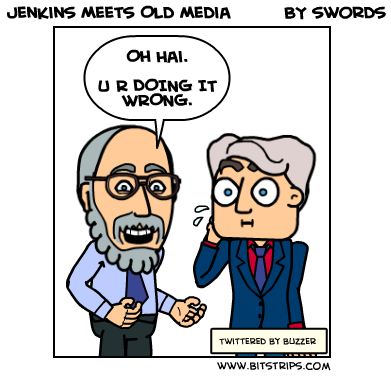

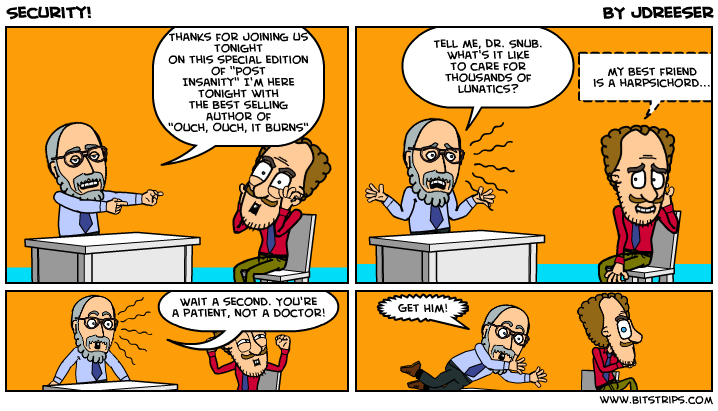
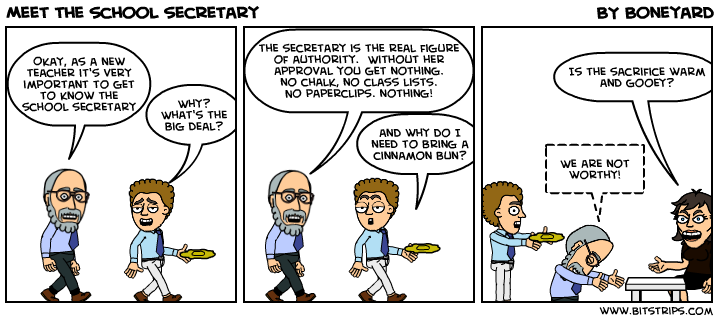

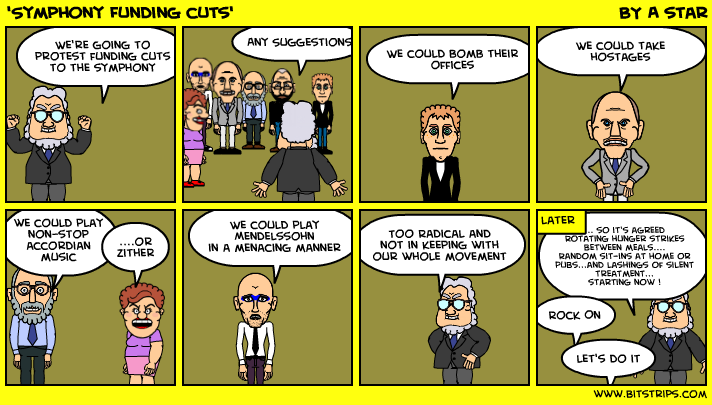
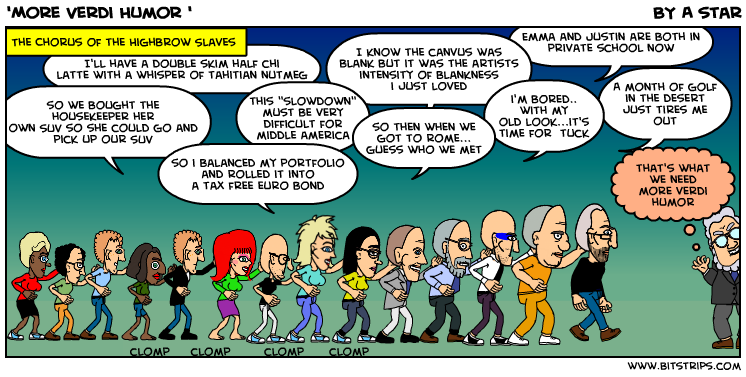
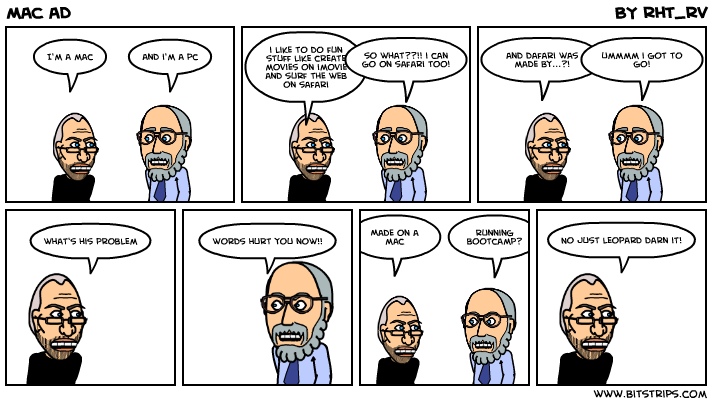
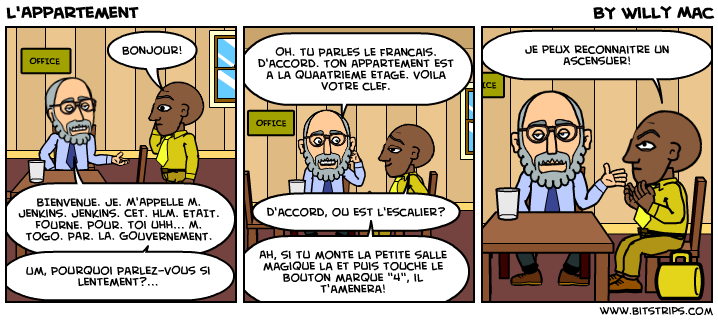
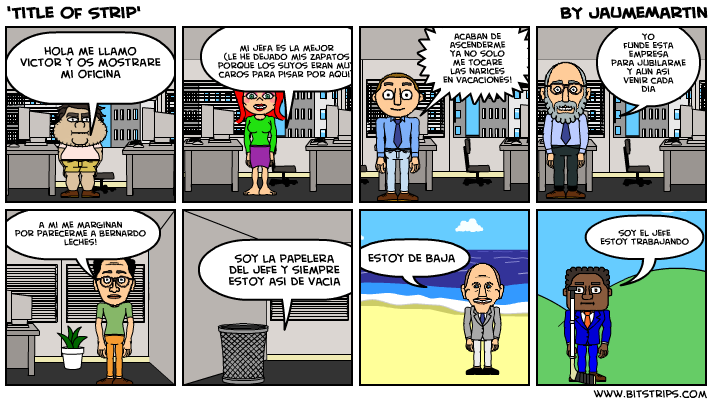

















 We can see this focus on historic "stuff" at certain points in Dean Motter's comics as well. There are some detailed frames created by Seth for some of the Mister X comics which include representations of a whole array of art deco bric-a-brac. Yet, more often, Motter and the artists who illustrate his stories, tap into iconography from older science fiction works as a kind of image bank from which to design their urban landscape. In an interview with the author, Motter commented that he was lucky to have identified artistic collaborators who were themselves fascinated with older images of the future and who therefore could work from specific reference points to older magazine covers or etchings of New York landmarks.
We can see this focus on historic "stuff" at certain points in Dean Motter's comics as well. There are some detailed frames created by Seth for some of the Mister X comics which include representations of a whole array of art deco bric-a-brac. Yet, more often, Motter and the artists who illustrate his stories, tap into iconography from older science fiction works as a kind of image bank from which to design their urban landscape. In an interview with the author, Motter commented that he was lucky to have identified artistic collaborators who were themselves fascinated with older images of the future and who therefore could work from specific reference points to older magazine covers or etchings of New York landmarks.







































